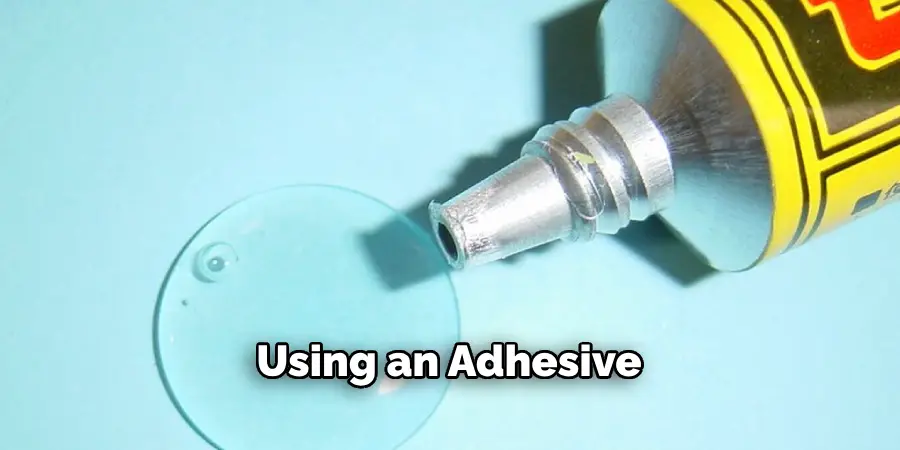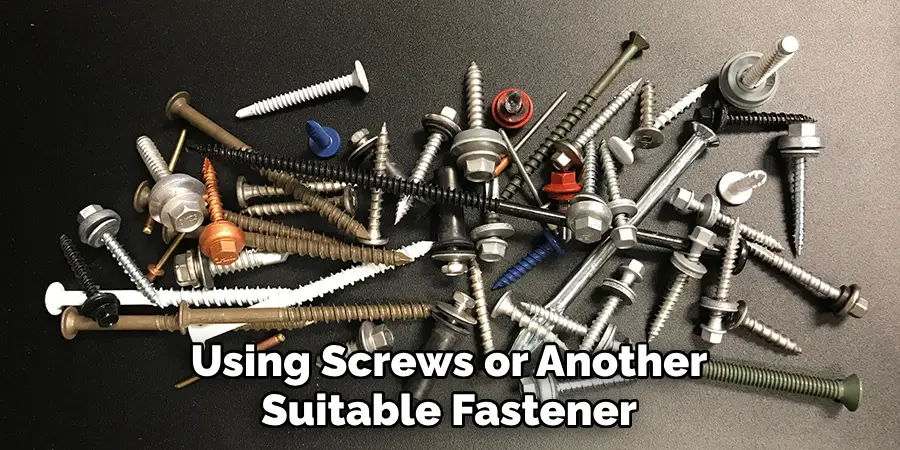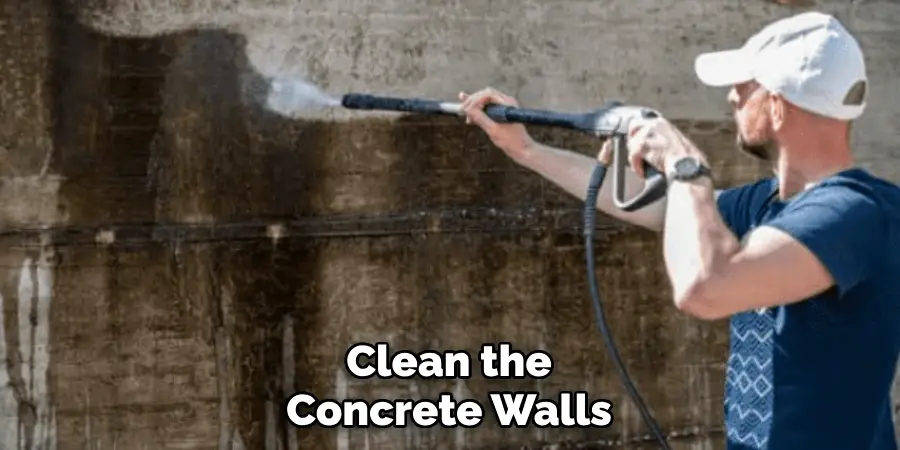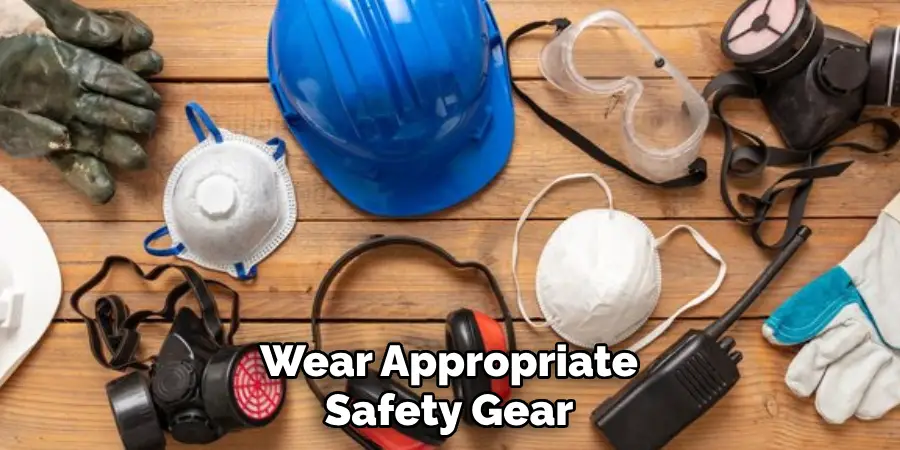While the idea of renovating an unfinished basement conjures images of endless dusty hours spent painting and installing fixtures, tackling one of the basement’s largest heat loss culprits – its concrete walls – can seem like even more of an immense undertaking.

Taking on rigid foam insulation may initially feel overwhelming, but with the right approach and proper preparation, you can complete the project over just a weekend and reap the financial and environmental benefits for years to come.
In this guide, I’ll walk you through how to install rigid foam insulation on interior concrete walls. By the time you finish, your basement will feel brighter and warmer, and you’ll be well on your way to transforming the once-dreary space into a comfortable extension of your living area. Let’s get started!
Why Put Rigid Foam Under Concrete?
Rigid foam insulation is popular for insulating interior concrete walls because of its high R-value. This type of insulation can effectively reduce heat loss through the walls, making your basement more energy-efficient and comfortable.
Moreover, rigid foam insulation can also help reduce the walls’ moisture and dampness. Since concrete is a porous material, it can easily absorb moisture and transfer it to the interior of your basement. By installing rigid foam insulation, you create a barrier between the concrete and the living space, preventing any potential moisture issues.
Overall, installing rigid foam insulation under concrete walls can yield significant energy savings, improved comfort, and reduced moisture problems. Now, let’s dive into the steps for installation.
What Will You Need?
The first step to any successful project is having the right tools and materials. To complete this project, you’ll need:
- Rigid foam insulation sheets
- Adhesive (recommended: construction adhesive)
- Caulk gun (if using tube adhesive)
- Tape measure
- Utility knife or saw
- Straight edge ruler
- Safety glasses and gloves (always wear protective gear when working with insulation)
- Hammer and nails (optional for attaching furring strips)
- Finishing materials (such as drywall) if you plan to cover the insulation
Once you have all the necessary tools and materials, it’s time to start the installation process.
10 Easy Steps on How to Install Rigid Foam Insulation on Interior Concrete Walls
Step 1. Prepare the Wall
The first step in installing rigid foam insulation on interior concrete walls is to prepare the wall. This includes cleaning the surface of any dirt or debris and ensuring that it is dry. You should also check for any cracks or other damage to the wall and repair them before proceeding. Once the wall is clean and dry, you can begin installing the insulation.
Step 2. Measure and Cut
Once you have prepared the wall, you must measure and cut the rigid foam insulation to fit your space. It is important to measure carefully to get a snug fit with no gaps or overlaps between pieces. You can use a saw or knife to cut the insulation to size, but be sure to wear safety glasses and gloves.
Step 3. Adhere Insulation
When all of your pieces are cut, you can begin adhering them to the wall using an adhesive such as construction or spray foam insulation. Be sure to apply an even coat of adhesive across each insulation piece before pressing it firmly against the wall. Allow enough time for the glue to dry completely before continuing with installation.

Step 4. Seal Gaps
Once all of your pieces are in place, it’s essential to seal any gaps between them with caulk or expanding foam insulation to ensure that there are no air leaks from inside your home. This will help keep your house warm during cold weather and cool during hot weather, as well as reduce energy costs by preventing heat loss through these gaps.
Step 5. Install Furring Strips (Optional)
Installing furring strips is an optional step that provides a solid surface for attaching wall coverings later. If you decide to use them, attach the furring strips vertically to the concrete wall over the insulation using a hammer and nails. The strips should be spaced 16 or 24 inches apart, depending on the width of your wall covering material.
Step 6. Cover the Insulation
Once the insulation is fully installed and the adhesive has dried, you can cover the insulation. Drywall is a common choice for this, but you can also use paneling or another type of wall covering. Measure and cut your wall covering material to fit, then attach it to the furring strips or directly to the insulation using screws or another suitable fastener.

Step 7. Inspect and Finish
Inspecting your work is the final step in installing rigid foam insulation on interior concrete walls. Check for any areas where the insulation may not fully adhere to the wall or where gaps exist. If necessary, use more adhesive or expanding foam to secure the insulation or fill gaps. Once you’re satisfied with your work, you can finish the wall as desired, including painting or adding trim.
Step 8. Perform Regular Maintenance
After successfully installing the rigid foam insulation on your interior concrete walls, it’s essential to conduct regular maintenance. Inspect the walls periodically to ensure the insulation remains in place and there are no gaps that could lead to energy loss.
If you notice any damage or deterioration over time, consider reapplying a layer of adhesive or replacing the affected insulation sheets. Remember, proper maintenance will extend the lifespan of your insulation and continue to provide energy efficiency for your home.
Step 9. Celebrate Your Achievements
After rigorous installation and thorough maintenance, take a moment to appreciate the work you’ve done. Installing rigid foam insulation on interior concrete walls is no small feat; you’ve made your home more energy-efficient and added value to it.
Enjoy the cozier, more comfortable space you’ve created. Remember, your efforts will pay off in the long run with reduced energy bills and a healthier living environment.
Step 10. Look for Ways to Improve
Finally, remember to look for ways to improve continually. Whether it’s finding more efficient methods for installation, considering different types of insulation, or exploring more sustainable options, there’s always room for growth. Staying updated about the latest home insulation and energy efficiency trends can provide you with new insights and ideas for your next home improvement project.
Keep learning, keep improving, and most importantly, enjoy the process. After all, every step you take towards creating a more energy-efficient home is a step towards a greener and more sustainable future.
By following these 10 easy steps, you can successfully install rigid foam insulation on your interior concrete walls.
5 Additional Tips and Tricks
- Get the Right Tools: Before you start, ensure you have all the necessary tools, such as a utility knife, straight edge, tape measure, and construction adhesive designed explicitly for foam.
- Prep the Walls: Clean the concrete walls thoroughly to remove any loose dust, dirt, or debris for optimal adherence to the foam insulation.
- Cut and Fit: Measure the wall area carefully and cut the foam to size. It’s better to keep the pieces slightly more prominent as they can be trimmed down to a perfect fit.
- Adhesive Application: Apply the construction adhesive generously on the back of the foam board. Press firmly against the wall, making sure it is flat and secure.
- Seal the Seams: It’s crucial to seal the seams between foam boards with foam-appropriate tape. This ensures a moisture and air barrier, improving the insulation’s effectiveness.

Safety first – always wear protective eyewear and gloves while handling rigid foam and cutting tools.
5 Things You Should Avoid
- Avoid Rushing the Process: Installing rigid foam insulation is a meticulous task that requires time and patience. Rushing can lead to measurement errors or improper adhesion, compromising the insulation quality.
- Don’t Skip the Cleaning: Neglecting to clean the concrete walls before installation properly can severely impact the effectiveness of the adhesive, resulting in loose foam boards over time.
- Avoid Gaps Between Boards: When placing the cut foam boards onto the wall, ensure that there are no gaps between them. Any gaps can create thermal bridges, reducing the overall insulation efficiency.
- Don’t Skimp on Adhesive: Avoid using too little construction adhesive. A generous application ensures the foam boards stay secure, enhancing the insulation effect.
- Don’t Ignore Safety Measures: Lastly, never overlook safety precautions. Always wear appropriate safety gear, like gloves and protective eyewear, to prevent injuries during installation.

By avoiding these common mistakes, you can achieve a successful and effective rigid foam insulation installation on your interior concrete walls.
Can You Put Insulation Directly on Concrete?
Yes, you can install rigid foam insulation directly on concrete walls, but it’s essential to follow proper techniques and use appropriate tools for optimal results. Insulating your interior concrete walls helps regulate the temperature in your home, reducing energy costs and improving overall comfort.
Foam insulation also acts as a sound barrier, minimizing room noise transfer. It also creates a vapor barrier, preventing moisture from entering your home and protecting against mold and mildew growth.
However, it’s crucial to note that not all types of insulation are suitable for direct application on concrete walls. For instance, fiberglass insulation can absorb moisture, leading to potential water damage or mold growth. It is also less effective at providing a thermal barrier than rigid foam insulation.
Ultimately, installing rigid foam insulation on interior concrete walls can significantly improve your home’s energy efficiency, comfort, and overall value.
What Insulation Should Be Used for Interior Foundation Walls?
Rigid foam insulation is often the preferred choice when insulating interior foundation walls. It provides excellent thermal resistance and moisture protection, ideal for below-grade applications.
Two types of rigid foam insulation commonly used for interior foundation walls are expanded polystyrene (EPS) and extruded polystyrene (XPS). Both provide similar insulation and moisture resistance benefits, but there are some differences to consider.
EPS is less expensive than XPS and has a slightly higher R-value (thermal resistance) per inch. However, EPS is more susceptible to damage from water absorption. On the other hand, XPS is more resistant to moisture but can be up to three times as expensive as EPS.
It’s essential to consult a professional and consider your specific needs and budget when deciding which rigid foam insulation to use for interior foundation walls. Proper installation is critical to achieving optimal results, so follow the recommended techniques and safety precautions.

Conclusion
As we have seen, how to install rigid foam insulation on interior concrete walls is a manageable task as long as you have the basic understanding and ability to measure and handle certain supplies. With a few pieces of suitable material and simple steps, you can significantly improve your interior temperature for maximum comfort.
Do not be disheartened if something does not go as planned – instead, look carefully at how things are currently done, make adjustments where necessary, and move forward unafraid. Ultimately, you’ll be rewarded with more comfort in your home every season.
Now that you’ve made it to the end of this post take some action today: Go out there, install your insulation correctly, and enjoy an even cozier home!
